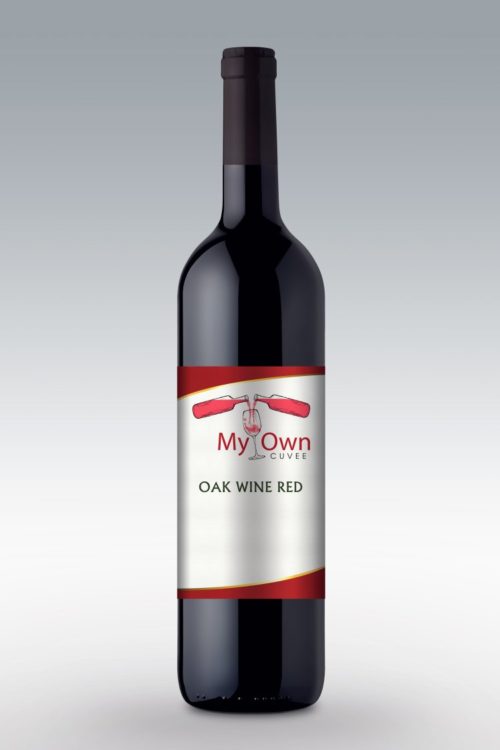Grape Variety: Cabernet Sauvignon
Color: Dark red with blue hints when young.
Aroma: Bramble fruit, cassis. Often mint or even green pepper.
Body: Heavy
Wine Making Flavors: Heavy use of oak, but incorporates well into the wine.
Blended with: Merlot, Cabernet Franc, Malbec, Petit Verdot, Syrah (Australia).
Cabernet Sauvignon
CHF18.50
Product Description
Cabernet Sauvignon Wine Grapes, Flavor Character History
Cabernet Sauvignon is planted all over the world in a myriad of climates. It reaches its full potential in Bordeaux, especially in the Medoc.
The grape began earning a good reputation for producing strong wines of character in the 18th century. This was due to its success in the Bordeaux wine region. It seems to have first taken hold in the gravel based soils of Pauillac, the home of three of the five First Growth chateaux. Chateau Mouton Rothschild, then known as Chateau Brane Mouton and Chateau d’Armailhac were two of the first well-known Bordeaux wine producers to embrace Caberent Sauvignon. Today, Cabernet Sauvignon is the dominant grape in the Left Bank of Bordeaux. Cabernet Sauvignon is also the most important grape in Pessac Leognan, although it has competition with Merlot.
While the relatively hardy Cabernet Sauvignon grape can be grown in a variety of terroirs, it is at its best in poor, deep gravel soils and warm temperatures. Part of the reason Cabernet Sauvignon performs so well in Bordeaux are the gravel soils and gentle slopes. That combination allows for good drainage after the rains, which forces the vines to burrow deep into the soils.
It needs a longer growing season than Merlot and Cabernet Franc. Cabernet Sauvignon is most famous for the wines made in the Left Bank of Bordeaux, as well as for the wine it produces in California. While Cabernet Sauvignon is always blended with other grapes in Bordeaux, there are numerous producers making 100% Cabernet Sauvignon in California. Washington state has also become a produce of high quality Cabernet Sauvignon.










